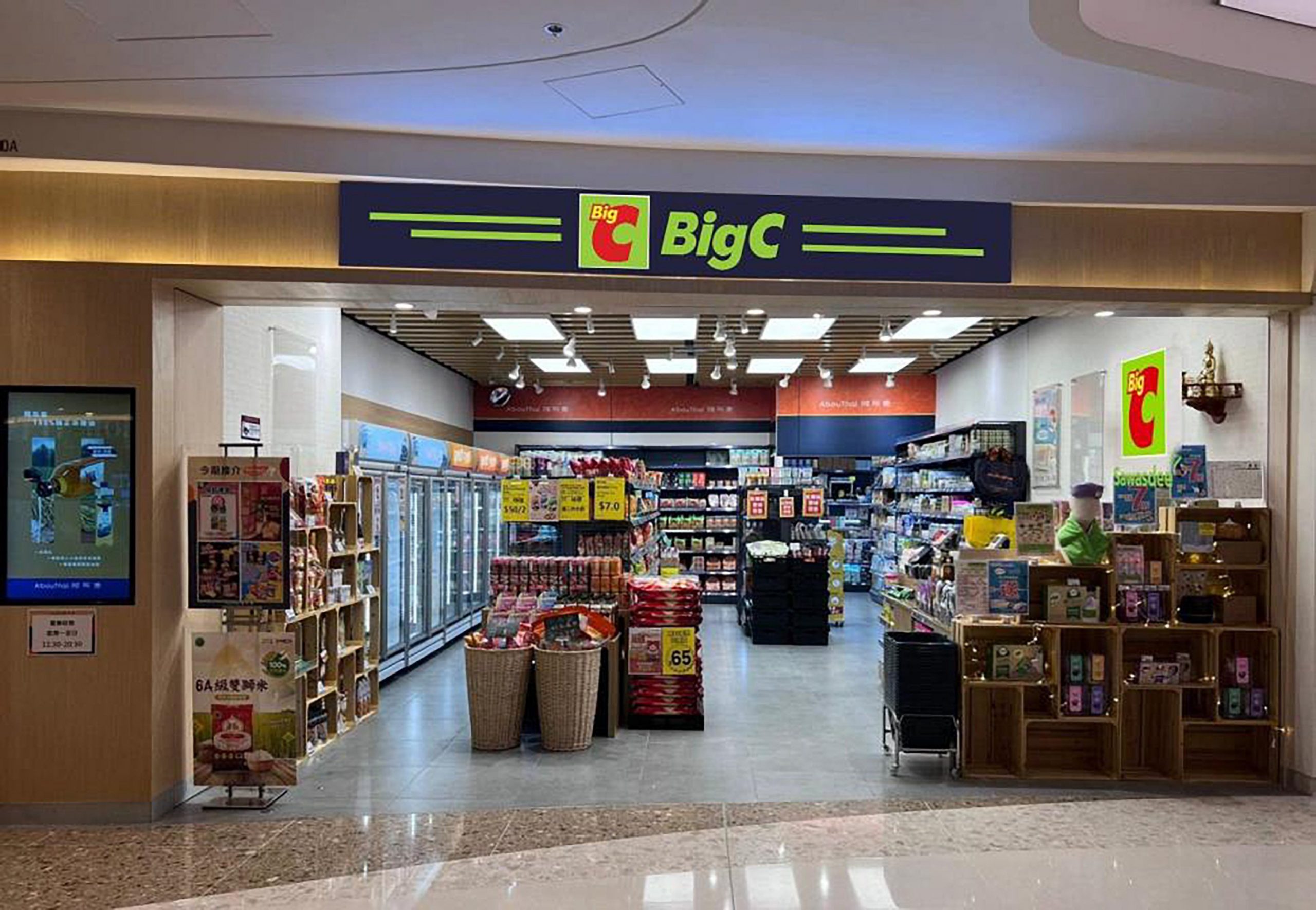In the world of business, there are two main types of markets: the organizational market and the consumer market. While both markets involve the buying and selling of goods and services, there are significant differences between the two. In this article, we will explore the key differences between organizational market and consumer market.
Organizational Market
The organizational market, also known as the business-to-business (B2B) market, involves the buying and selling of goods and services between businesses. This market is characterized by a few key features:
- Fewer buyers: The organizational market typically has fewer buyers than the consumer market. This is because businesses tend to buy in larger quantities and less frequently than individual consumers.
- Larger transactions: The transactions in the organizational market are usually larger than those in the consumer market. This is because businesses tend to buy in bulk, which means that the value of each transaction is higher.
- Rational decision-making: The buying decisions in the organizational market are usually based on rational factors such as price, quality, and reliability. This is because businesses are more concerned with the bottom line than individual consumers.
Consumer Market
The consumer market, also known as the business-to-consumer (B2C) market, involves the buying and selling of goods and services between businesses and individual consumers. This market is characterized by a few key features:
- More buyers: The consumer market has a much larger number of buyers than the organizational market. This is because individual consumers make up a significant portion of the market.
- Smaller transactions: The transactions in the consumer market are usually smaller than those in the organizational market. This is because individual consumers tend to buy in smaller quantities and more frequently than businesses.
- Emotional decision-making: The buying decisions in the consumer market are often based on emotional factors such as brand loyalty, personal preferences, and social status. This is because individual consumers are more concerned with their own needs and desires than the bottom line.
Conclusion
In conclusion, the organizational market and the consumer market are two very different markets with their own unique characteristics. Understanding the differences between these two markets is essential for any business looking to succeed in today's competitive marketplace. By understanding the key features of each market, businesses can tailor their marketing strategies to better meet the needs of their target audience and ultimately increase their bottom line.


